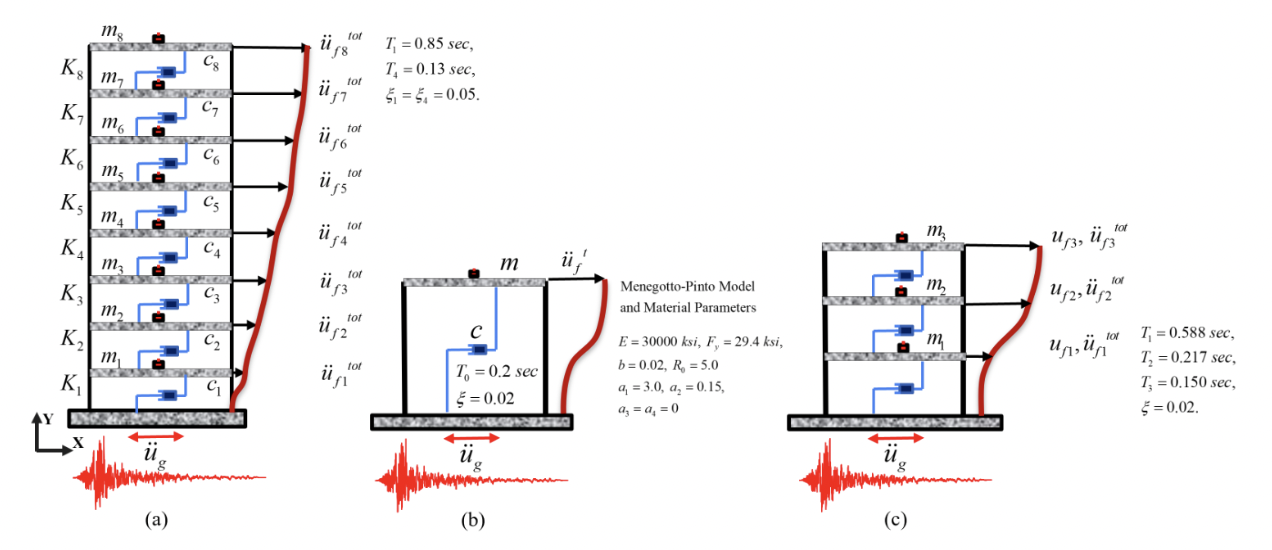Application of Long Short-Term Memory (LSTM) Networks-Based Surrogate Modeling for Nonlinear Structural Systems
Performance-based seismic design (PBSD) of structural systems relies on computationally expensive high-fidelity finite element (FE) models to predict how structures will respond to seismic excitation. For risk-based assessments, FE response simulations must be run thousands of times with different realizations of the sources of uncertainty. Consequently, data-driven machine learning (DDML) surrogate models have gained prominence as fast emulators for predicting seismic structural responses in probabilistic analyses. This paper leverages deep Long Short-Term Memory (LSTM) networks, known for their powerful and flexible framework for time series prediction tasks. The advantages of using LSTM networks include their ability to model continuous-time processes, adapt to varying temporal resolutions, maintain implicit memory of past information, model complex nonlinear dynamics, perform interpolation and extrapolation, handle noisy data robustly, and scale effectively to high-dimensional datasets. The effectiveness of the proposed method is validated through three proof-of-concept studies: one involving a linear elastic 2D 8-degree-of-freedom (DoF) shear building model, a nonlinear single degree of freedom system (NL-SDoF), and a 2D nonlinear 3DoF shear building model. The findings indicate that the proposed LSTM network is a promising, dependable, and computationally efficient technique for predicting nonlinear structural responses.
-
Clone the Repository
Clone this repository to your local machine using the following command:
git clone https://github.com/ymorsi7/LSTMsForNonlinearStructuralSystems.git cd LSTMsForNonlinearStructuralSystems -
Install Dependencies Ensure you have Python 3.x installed on your system. Install the required dependencies using pip:
pip install numpy matplotlib tensorflow keras scikit-learn joblib
-
Prepare the Data
Place the MATLAB data file
data_2DOF_SB_BWWN.matin theLSTMsForNonlinearStructuralSystemsdirectory. This file should be available in the repository or provided separately. -
Run the Python File
Execute the provided Python script
2DOF_ShearBuild_LSTM_f.pyto train the LSTM model:python 2DOF_ShearBuild_LSTM_f.py
This will:
- Load the preprocessed data from the MATLAB file.
- Normalize the data using MinMaxScaler.
- Set up and train the LSTM model.
- Evaluate the model performance.
- Save the best-performing model.
- A/B Testing The script also includes a section for A/B testing different LSTM architectures. This can be executed within the same script to compare performance metrics between two models.
To read our report, click here
The results are much more interpretable with the context on the full report (linked above). However, here are some of our output images:





